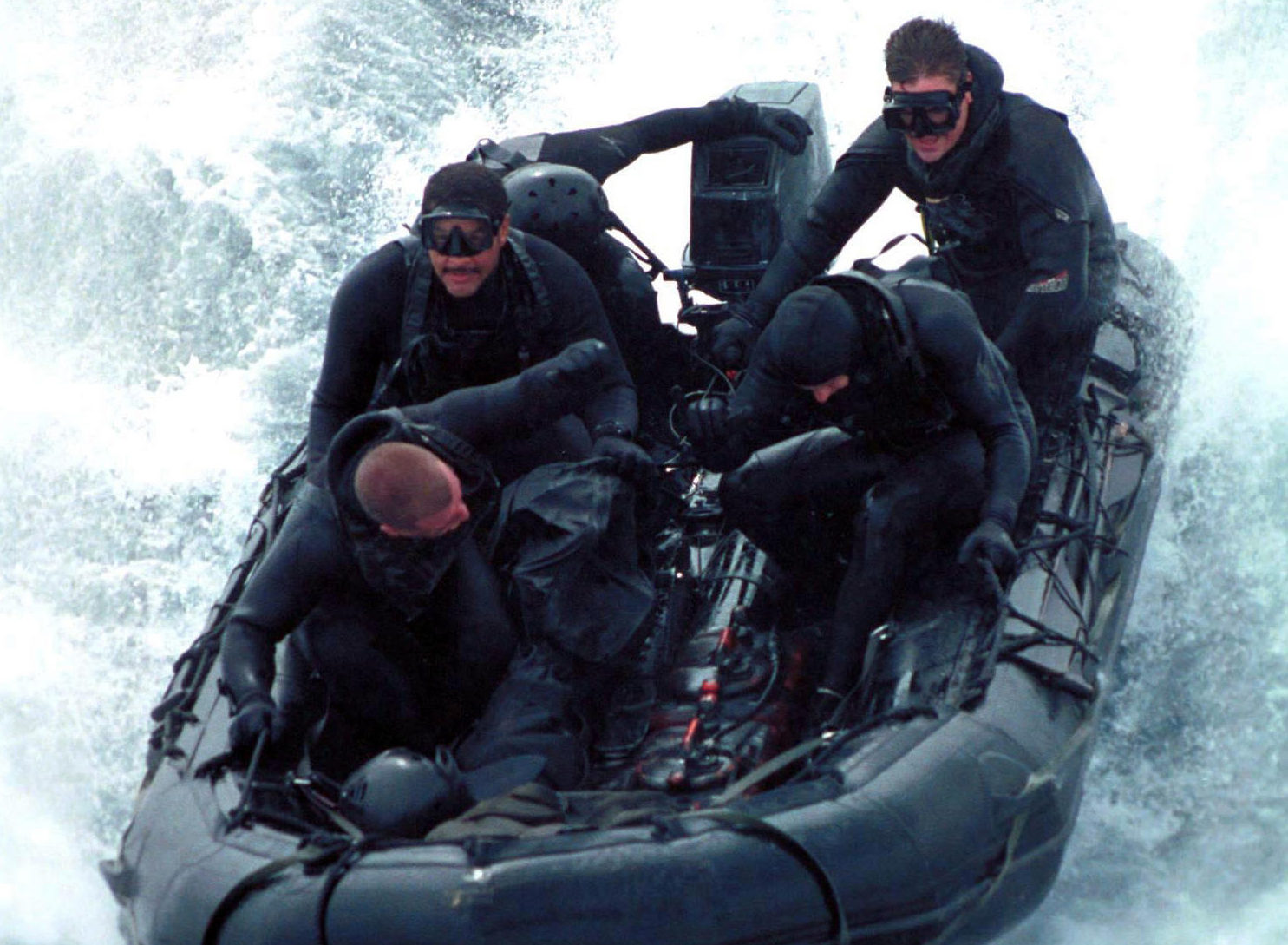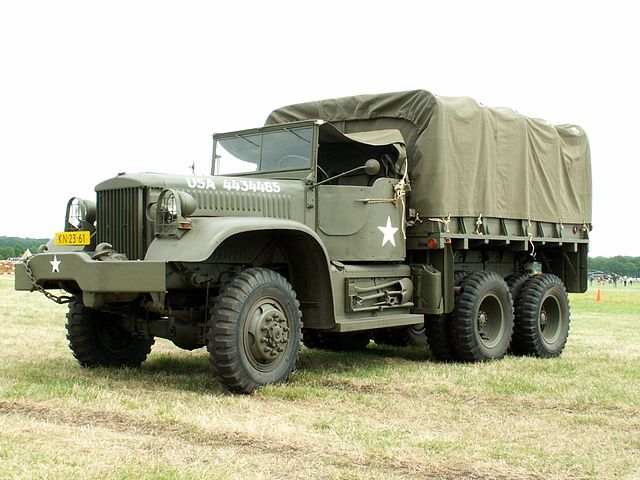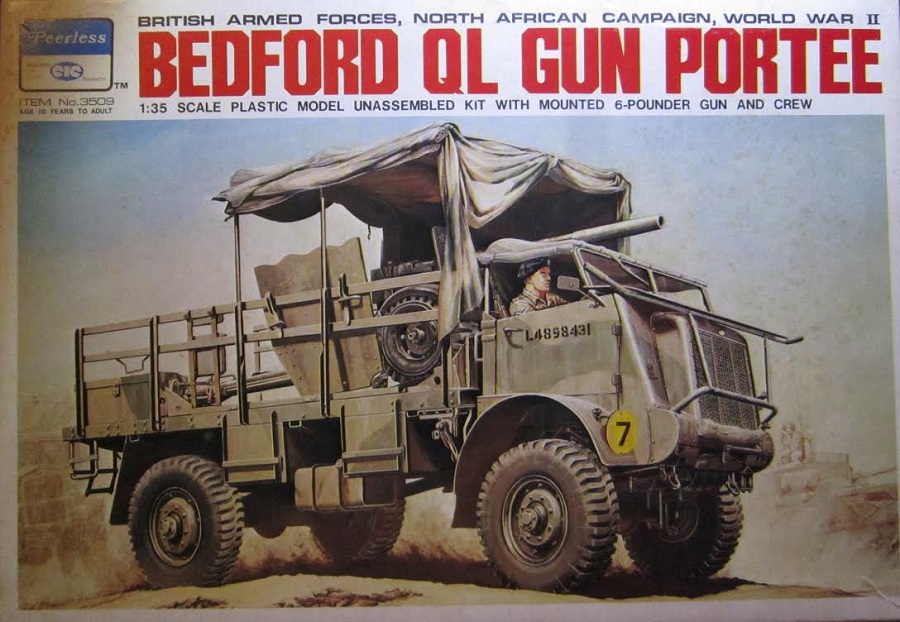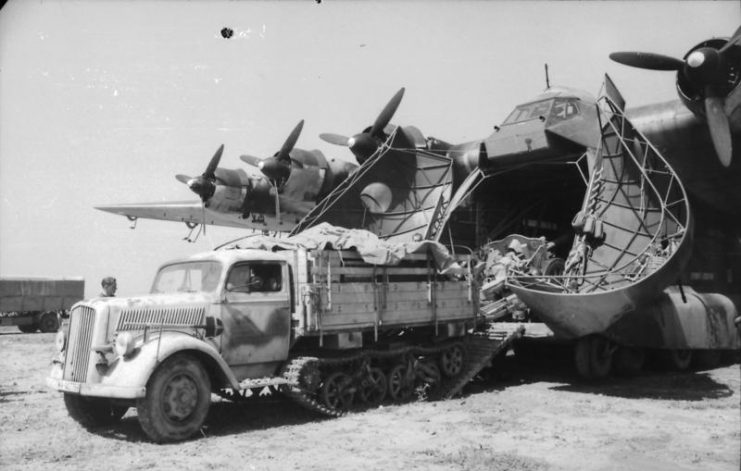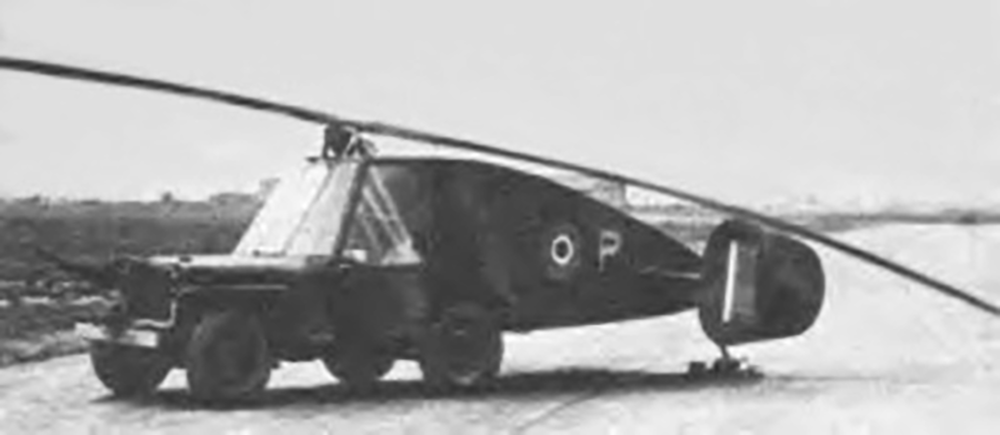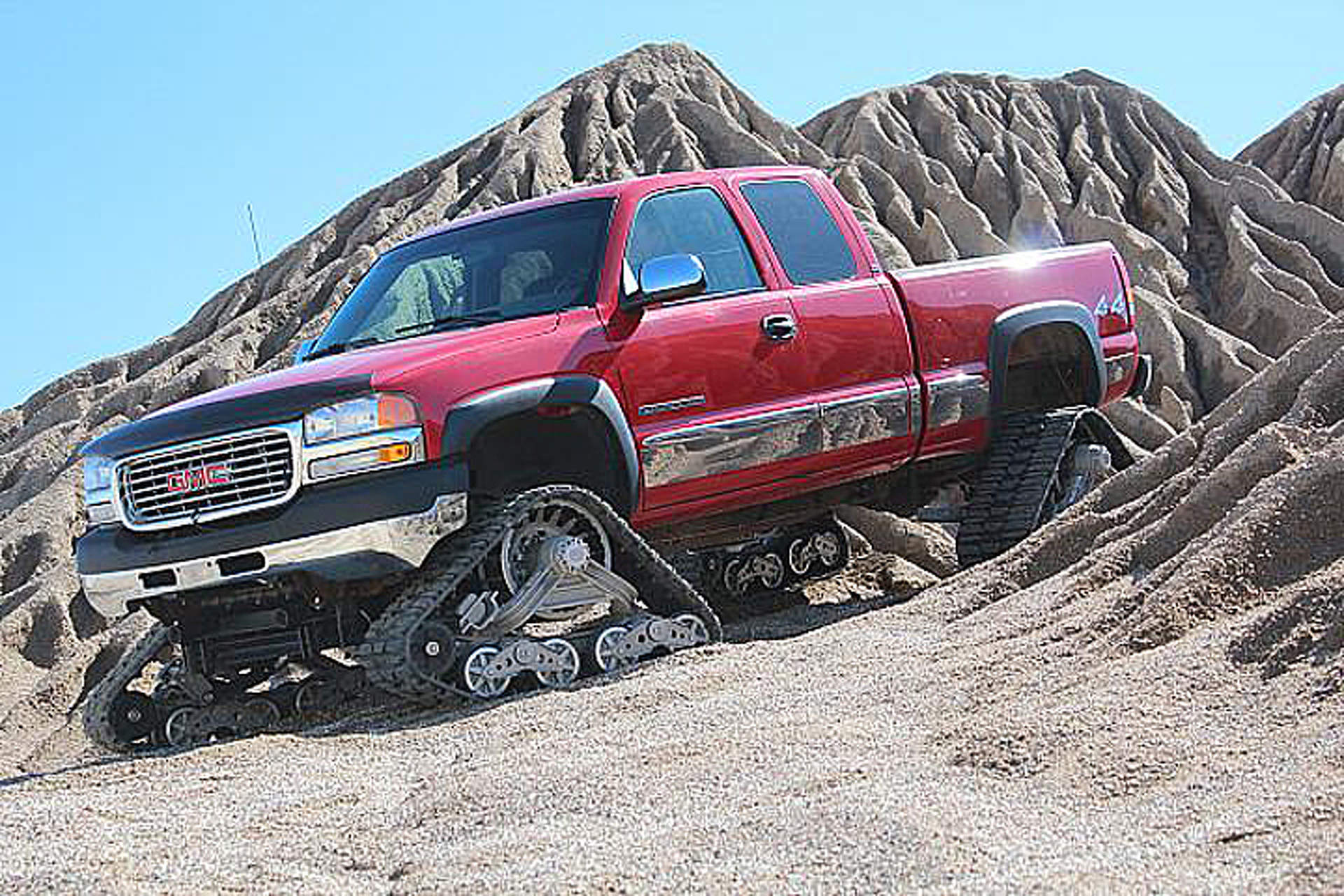I was thinking about grav vehicles, and came up with 2 designs to replace the standard 4 dTon Air/Raft. The first version is 6 spaces, and follows all the rules, except that it uses an acceleration bench (4 seats/dTon or 2 seats/Space) as the back seat. Since it’s TL 13, I’m also assuming that this bench can shift to 2 roomier and more standard seats if there are only 2 passengers in the back seat. Given that Acceleration benches work on small craft and starships, I can’t see any reason why they wouldn’t work on vehicles. They can also fold up, which would add more cargo space, which could be very handy.
The second version only allots 0.5 space for life support, since that would theoretically supply short term life support for up to 10 people and the vehicle only holds a maximum of 6. Doing this reduces the size from 6 to 5 Spaces (at the cost of reducing the cargo space from 1 Space to 0.5 spaces). In any case, this vehicle is fast and safe for use in vacuum, making it a far better choice than the Air/Raft, and allowing it to be easily used to carry passengers and a little cargo to and from a ship in orbit. The larger version only costs 15% more than an Air/Raft (and is still less than the 300,000 Cr available for the Vehicle benefit), and the smaller 5 space version actually costs less than the Air/Raft, and both of them take up less space in a starship.
Small Light Grav Vehicle (TL 13)
6 spaces (base cost: 180,000 Cr)
Autopilot (enhanced): 10,000 Cr (Skill 2)
Control systems (improved): 5,000 Cr
Advanced Comms (range x 10): 500 Cr [10,000 km range)]
Computer/3: 2,000 Cr
Navigation System (basic): 2,000 Cr
Sensor System (improved): 15,000 Cr
Vacuum Protection: 60,000 Cr
Life Support: 10,000 Cr [1 space]
Acceleration Bench (seats up to 4): 1,000 Cr [2 spaces]
Entertainment System: 500 Cr
2 standard seats [2 spaces]
Cargo [1 space/500 kg]
Traits
Agility: +2
Autopilot Skill: 2
Communications Range: 10,000 km
Sensor Range/DM: 5 km/+1
Computer: 3
Speed: Very Fast
Range: 4,000 km
Shipping: 3 tons
Cost: 286,000 Cr
Smaller Light Grav Vehicle (TL 13)
5 spaces (base cost: 150,000 Cr)
Autopilot (enhanced): 10,000 Cr (Skill 2)
Control systems (improved): 5,000 Cr
Advanced Comms (range x 10): 500 Cr [10,000 km range)]
Computer/3: 2,000 Cr
Navigation System (basic): 2,000 Cr
Sensor System (improved): 15,000 Cr
Vacuum Protection: 50,000 Cr
Life Support: 5,000 Cr [0.5 space]
Acceleration Bench (seats up to 4): 1,000 Cr [2 spaces]
Entertainment System: 500 Cr
2 standard seats [2 spaces]
Cargo [0.5 space/250 kg]
Traits
Agility: +2
Autopilot Skill: 2
Communications Range: 10,000 km
Sensor Range/DM: 5 km/+1
Computer: 3
Speed: Very Fast
Range: 4,000 km
Shipping: 2.5 tons
Cost: 241,000 Cr
The second version only allots 0.5 space for life support, since that would theoretically supply short term life support for up to 10 people and the vehicle only holds a maximum of 6. Doing this reduces the size from 6 to 5 Spaces (at the cost of reducing the cargo space from 1 Space to 0.5 spaces). In any case, this vehicle is fast and safe for use in vacuum, making it a far better choice than the Air/Raft, and allowing it to be easily used to carry passengers and a little cargo to and from a ship in orbit. The larger version only costs 15% more than an Air/Raft (and is still less than the 300,000 Cr available for the Vehicle benefit), and the smaller 5 space version actually costs less than the Air/Raft, and both of them take up less space in a starship.
Small Light Grav Vehicle (TL 13)
6 spaces (base cost: 180,000 Cr)
Autopilot (enhanced): 10,000 Cr (Skill 2)
Control systems (improved): 5,000 Cr
Advanced Comms (range x 10): 500 Cr [10,000 km range)]
Computer/3: 2,000 Cr
Navigation System (basic): 2,000 Cr
Sensor System (improved): 15,000 Cr
Vacuum Protection: 60,000 Cr
Life Support: 10,000 Cr [1 space]
Acceleration Bench (seats up to 4): 1,000 Cr [2 spaces]
Entertainment System: 500 Cr
2 standard seats [2 spaces]
Cargo [1 space/500 kg]
Traits
Agility: +2
Autopilot Skill: 2
Communications Range: 10,000 km
Sensor Range/DM: 5 km/+1
Computer: 3
Speed: Very Fast
Range: 4,000 km
Shipping: 3 tons
Cost: 286,000 Cr
Smaller Light Grav Vehicle (TL 13)
5 spaces (base cost: 150,000 Cr)
Autopilot (enhanced): 10,000 Cr (Skill 2)
Control systems (improved): 5,000 Cr
Advanced Comms (range x 10): 500 Cr [10,000 km range)]
Computer/3: 2,000 Cr
Navigation System (basic): 2,000 Cr
Sensor System (improved): 15,000 Cr
Vacuum Protection: 50,000 Cr
Life Support: 5,000 Cr [0.5 space]
Acceleration Bench (seats up to 4): 1,000 Cr [2 spaces]
Entertainment System: 500 Cr
2 standard seats [2 spaces]
Cargo [0.5 space/250 kg]
Traits
Agility: +2
Autopilot Skill: 2
Communications Range: 10,000 km
Sensor Range/DM: 5 km/+1
Computer: 3
Speed: Very Fast
Range: 4,000 km
Shipping: 2.5 tons
Cost: 241,000 Cr
